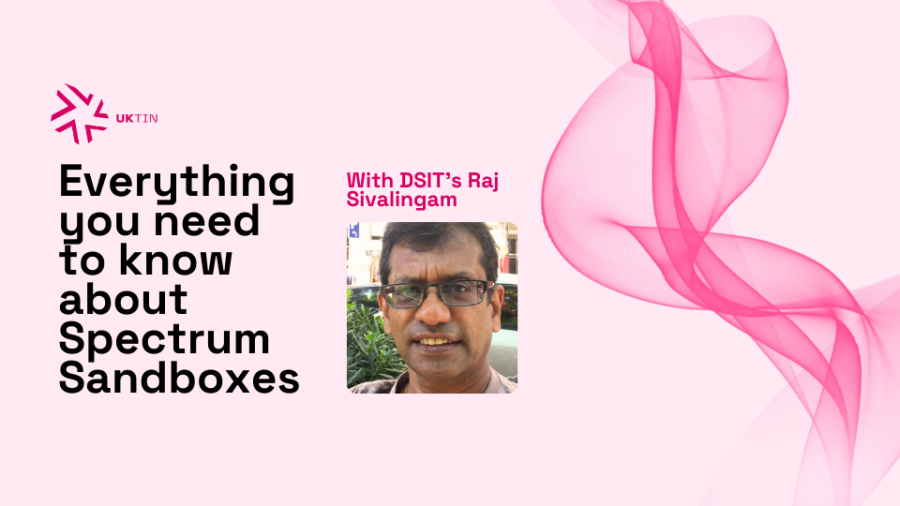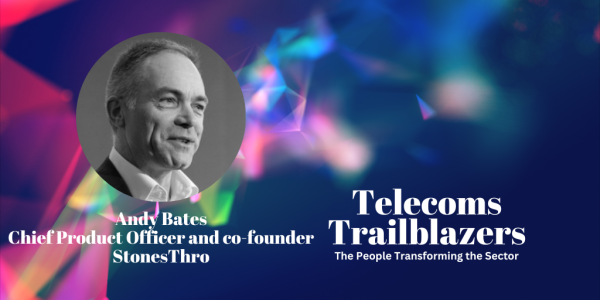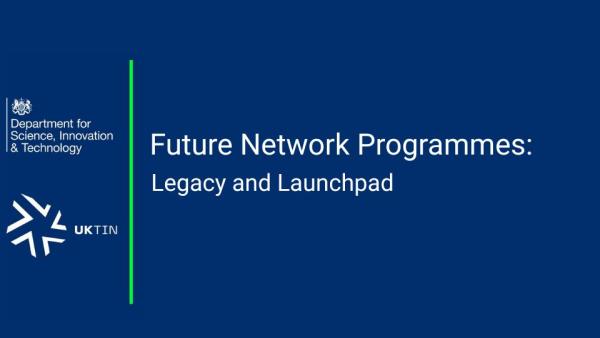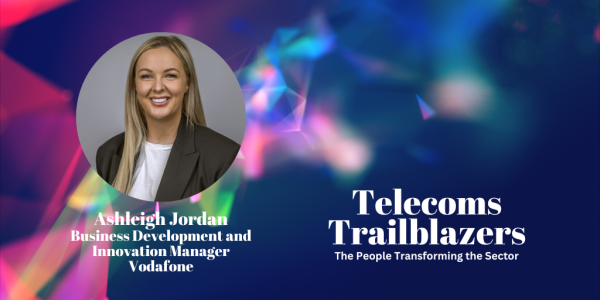
In the Autumn Statement 2023, the government announced funding for a series of regulatory sandboxes. As part of this announcement, the government outlined investment to support research into enhanced spectrum sharing in the UK.
UKTIN sat down with Raj Sivalingam, Head of Spectrum Policy in the Department for Science, Innovation and Technology to hear more about the new spectrum sandbox programme.
Can you tell us a bit more about what has been announced today?
Today DSIT has published our Invitation to Tender (ITT) for spectrum sandboxes.
Spectrum is the lifeblood of wireless technology. The radio waves that are all around us enable us to connect with our loved ones, underpin much of our economy, and play a key role in reaching our Net Zero ambitions.
As technology advances and more devices are connected there is increasing pressure on this finite resource. Facilitating more intensive spectrum sharing will help ensure we are making the most of the spectrum and will open up spectrum for future connectivity.
We set out in our Wireless Infrastructure Strategy and Spectrum Statement, which we published in April 2023, that we expect intensive spectrum sharing to be a key feature of future networks like 6G as well as other wireless and spectrum applications. Leveraging technology and innovative techniques to enable the sharing of spectrum more intensively will help to realise some of the huge benefits and exciting new use cases we expect to be a feature of these.
We hope that these spectrum sandboxes will help unlock regulatory advances fit for next generation networks.
Can you explain what a spectrum sandbox is?
A spectrum sandbox will be a testing environment where players can come together to test spectrum sharing scenarios that are not currently possible in ordinary licensing conditions.
Ofcom will facilitate the spectrum sandboxes by adjusting licence conditions to facilitate more intensive sharing for the duration of the projects and provide help and assistance on the opportunities for spectrum sharing relative to their existing licencing processes.
The spectrum sandboxes will enable interested parties, including those from industry and academia, to come together in a defined geographic area and explore how different spectrum applications and systems can coexist in the real world. Participants will be given scope to experiment with different approaches and algorithms for sharing spectrum, laying the basis for a quicker and more innovative approach to agreeing sharing conditions.
We have outlined three work packages as part of each spectrum sandbox project -
- Work package 1 (WP1) – Practical testbeds
- Work package 2 (WP2) – Simulation and modelling
- Work package 3 (WP3) – Economic and regulatory assessment
The aim of work package one is to use Ofcom's spectrum sandboxes to collect field measurements, with different outputs including a report comparing system performance under conventional operation and under more intensive spectrum sharing.
Work package two aims to assess the applicability of the sharing solutions to a wider range of technical parameters, locations, frequencies and technologies.
And the final work package, work package three, aims to assess the economic value of sharing solutions and suggest options to explore for potential regulatory mechanisms and tools.
Each Sandbox Project will need to complete all three workstreams.
That sounds like a really exciting new approach to sharing spectrum – what impacts are you hoping it will have in the UK market?
It is really exciting! Ofcom first set out its plans for spectrum sandboxes in its Spectrum Roadmap, and our shared ambition is that the sandboxes will inform the development of new solutions for enhanced spectrum sharing.
Future Telecoms has been identified as a critical technology area in the government’s Science and Technology Framework. Spectrum is an essential ingredient in achieving our Future Telecoms ambitions as well as in enabling a wide range of economic, social and public sector applications. This Framework also set out our vision for a system of regulation and standards that is pro-innovation, easy to navigate and facilitates widespread commercial science and technology applications. With spectrum being an increasingly strategic resource, we want to ensure that it is not a bottle neck for economic and social progress. Spectrum sandboxes are a piece of the puzzle in achieving this vision.
The work packages are set out to explore the scope for pushing the future boundaries in shared use of spectrum and to suggest potential regulatory tools to enable this.
This work could really inform Ofcom and DSIT’s policy thinking and help shape new regulatory approaches that might enable new entrants to the market as well as support existing users expand their services.
Why has DSIT decided to deliver this as a procurement rather than a grant?
We know that there is a lot of interest out there in spectrum sandboxes. We want to enable multiple sandbox projects and sharing combinations.
We're procuring the services of organisations to conduct research that will inform future Ofcom and government policy regarding the use and allocation of spectrum. As such we recognise that there is little incentive for industry to match fund in this instance and have chosen to deliver this as a procurement rather than a grant. A procurement process was identified as the most effective route to get the most useful results possible and to ensure this work is delivered by the March 2025 deadline.
How can companies get involved / find out more?
DSIT has now published the ITT for this work, available here.
ITT reference: itt_51276
We will also be hosting another engagement event, facilitated by techUK on 17th January and people can register their attendance for that here.









